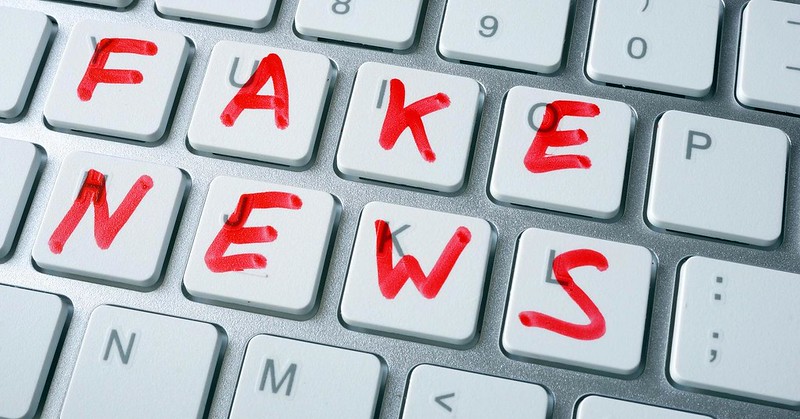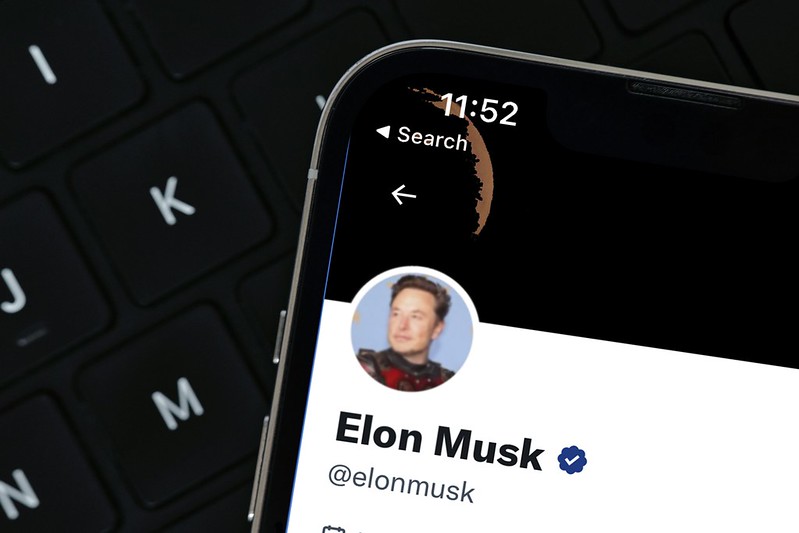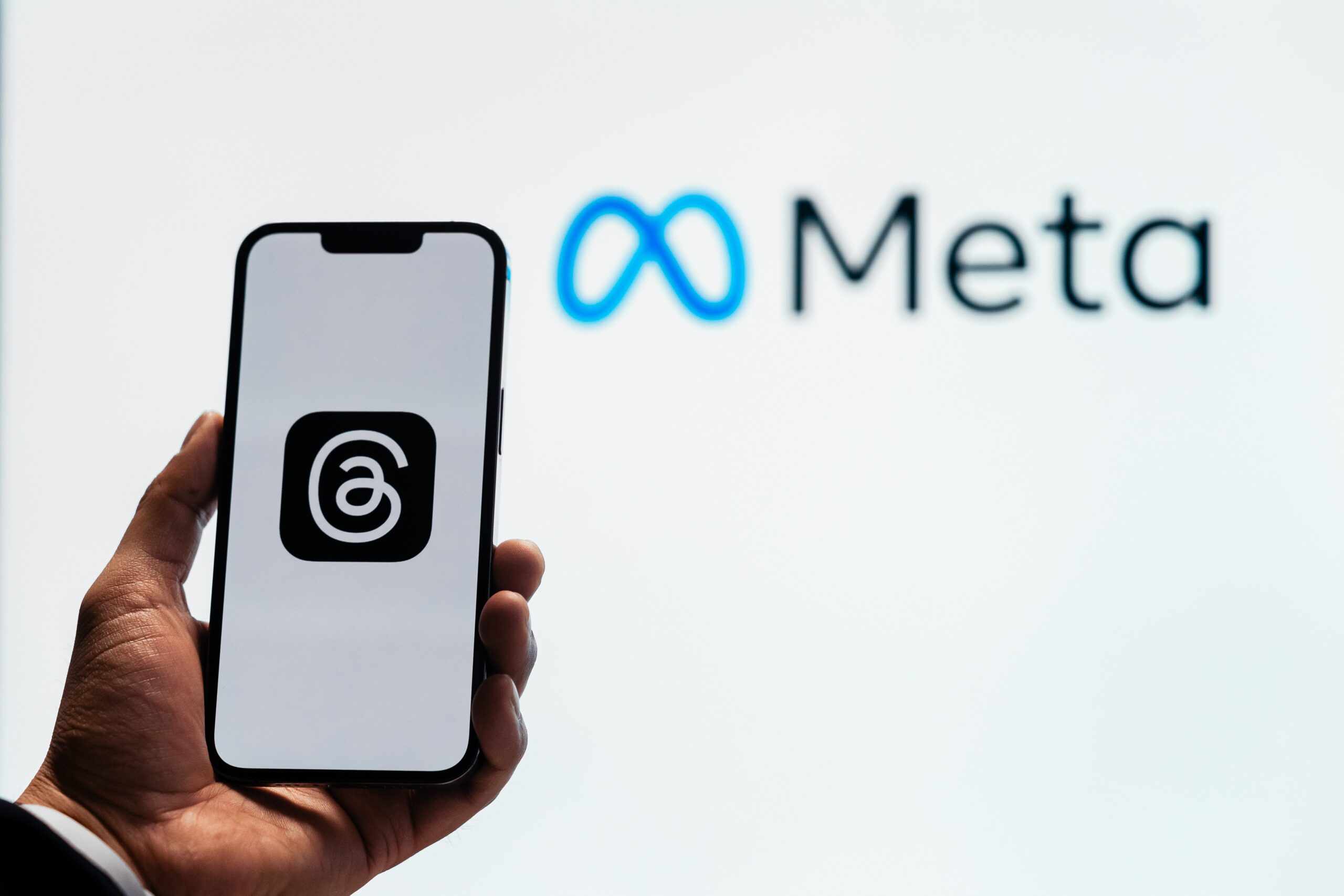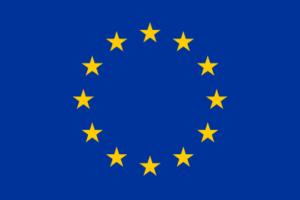
Time Flies
In March of 2006, Twitter was officially launched. Originally designed as a side project for the podcasting tool Odeo, from these humble beginnings, the platform evolved into the micro-blogging social media platform that has reshaped the way that many of us communicate.
The idea was simple, share your thoughts, concisely. Twitter (now X- but for the sake of simplicity, we will be using Twitter for most of this article) became a lot of things for a lot of people, and it was seen as a great equaliser. Everyone could have their say (within Twitter’s terms and conditions, which we will talk more about later) and could reach out to any other user, be it a friend, public figure, or corporation.
The Highs
Twitter also proved to be popular for science communication and networking, as a way for scientists to create new connections within their fields, as a tool for research institutes and projects to share updates and key results, and as a means for teaching society about science.
Authors of academic papers also see a tangible benefit for posting these publications on the platform, with research showing that “tweeted” articles receive 26% more citations over a 5-year period, compared to “non-tweeted” publications, and that articles that are very actively promoted on Twitter are 11 times more likely to be highly cited compared to those that were less-tweeted.
Social media also acts as a window, with the public being able to see into what research is being done, and its potential societal benefits. In the opposite direction, Twitter also allows scientists and researchers to look out into the real world outside of their labs or universities. The scientific community can stay up to date with social movements, and keep their finger on the pulse of the discourse happening in the zeitgeist.

By monitoring the public perception of hot-button topics, researchers can adapt their communication and outreach efforts in real-time, help correct any potential misconceptions that could potentially emerge, and as a potential call to action.
So, for a time, things were…. okay. Granted, as with all social media platforms, there were good eggs and bad apples, but the consensus was that the positive aspects of Twitter outweighed the negatives.
And the Lows
However, as the phrase goes, a few bad apples spoil the batch, and for many, Twitter has seemed to become an increasingly toxic space. A place where bad-faith actors could spread misinformation and hate speech. Twitter did have safeguards and policies in place which were used somewhat effectively to combat this, with users being banned from the platform or having tweets with potential misinformation flagged. However, over the past few years, the perception of Twitter in the eyes of its users changed.
We all know we have been living through a weird time, and much of that seemed to be distilled into our online spaces.

Starting with Donald Trump was elected as President of the United States of America in 2016, much to the surprise of the rest of the World. Perhaps one of the most prolific Twitter users of the digital age, President Trump would share seemingly unvetted and potentially damaging posts, as the official voice of the American political office. The rise in misinformation, fake news, and distrust in traditional news media and the scientific consensus reached its fever pitch during the COVID-19 pandemic, with much of this discord being spread over social media (and can also be somewhat attributed to the actions of the former President Trump).
There was further upheaval at Twitter HQ when the company was acquired by Elon Musk in October 2022 for a staggering US$44 billion, rebranding the company as X. Musk, who is perhaps one of the only people who could perhaps challenge Trump in social media notary, has been waving a flag for free speech on the platform and has done so by some-what “up-ending” the entire operation. Teams of programmers and technical staff were either resigned or were fired from their positions and many of the content and user safeguards have ultimately been changed or removed entirely.
For a while, many thought that Musk’s new version of Twitter would be dead on arrival, but things have seemed to have stabilised, but not without substantial changes to the Twitter/X ecosystem. With many users reporting a significant uptick in unsociable posts being shared by some, and now feel it is no longer a safe space for those within marginalised communities.
It is perhaps somewhat unfair to place all the blame at the feet of Trump and Musk. However, their actions on the platform do seem to correlate with the rise of the spread of hate speech and misinformation, in the late 2010s and early 2020s.

So, what comes next?
Well, this is an interesting question, after the best part of 2 decades of making new friends, building networks, and gaining followers, as well as many EU projects building much of their communication and public engagement around X, it is hard to see the science community making a quick exodus of the platform, there is simply too much to lose.
But perhaps we are slightly romanticising the gold old days of Twitter, and we were all just simply tolerating the thin end of a wedge? These bad actors were always there, they are just a little more prevalent now, and people like Trump just nudged it along a little. Will we just get used to this new normal, after so many in the past 3-5 years, depending on how you count?

For many, this may leave a bitter taste in the mouth, but there are alternatives, such as Threads and Mastodon, which are built in a very similar style to the Twitter of old. Mastodon focuses more on user privacy and the curation of your community. In contrast, Threads may just be seen as a factory reset of the platform, but as a creation of the Metaverse, it can also be linked to your Instagram and Facebook pages to streamline your communications.
However, I feel that this shift may be slow, and unless something totally untoward happens to X, there will likely not be many ex-users for a while. With a few people emigrating across to the alternatives entirely or splitting their efforts across even more social media platforms.
It is also important to note that, communities do trend toward the creation of echo chambers and social bubbles, both online and in real life. Where people with certain viewpoints share their thoughts with just those who agree, feeding into each other’s misconceptions and creating societal blinkers to the opinions and experiences of others. No matter which side of the argument you are on. Although it is very important to create safe spaces for people who are the targets of hate speech, excluding those whom you disagree with them from the conversation entirely cannot and will not result in change, it will just increase the divide.
So, if we decide to stay, what can we do to try and make X a better online space for all? We keep on with what we are doing, but more. We strive to ensure that we share true science and correct misconceptions and falsehoods where possible, we reach out to our communities, and we elevate the work being done by and for underrepresented groups.
We are the change we want to see, so go out and post about it!
Image credits:
Twitter/X – PHOTO: CANVA
License: CC0 Public Domain
mohamed mahmoud hassan has released this “Email, Characters, Communication” image under Public Domain license. It means that you can use and modify it for your personal and commercial projects. If you intend to use an image you find here for commercial use, please be aware that some photos do require a model or a property release. Pictures featuring products should be used with care.
Jeso Carneiro-Fake news
Alpha Photo– Elon Musk on Twitter A photo of Elon Musk’s Twitter profile.
Threads Meta – Photo by Julio Lopez from Pexels
